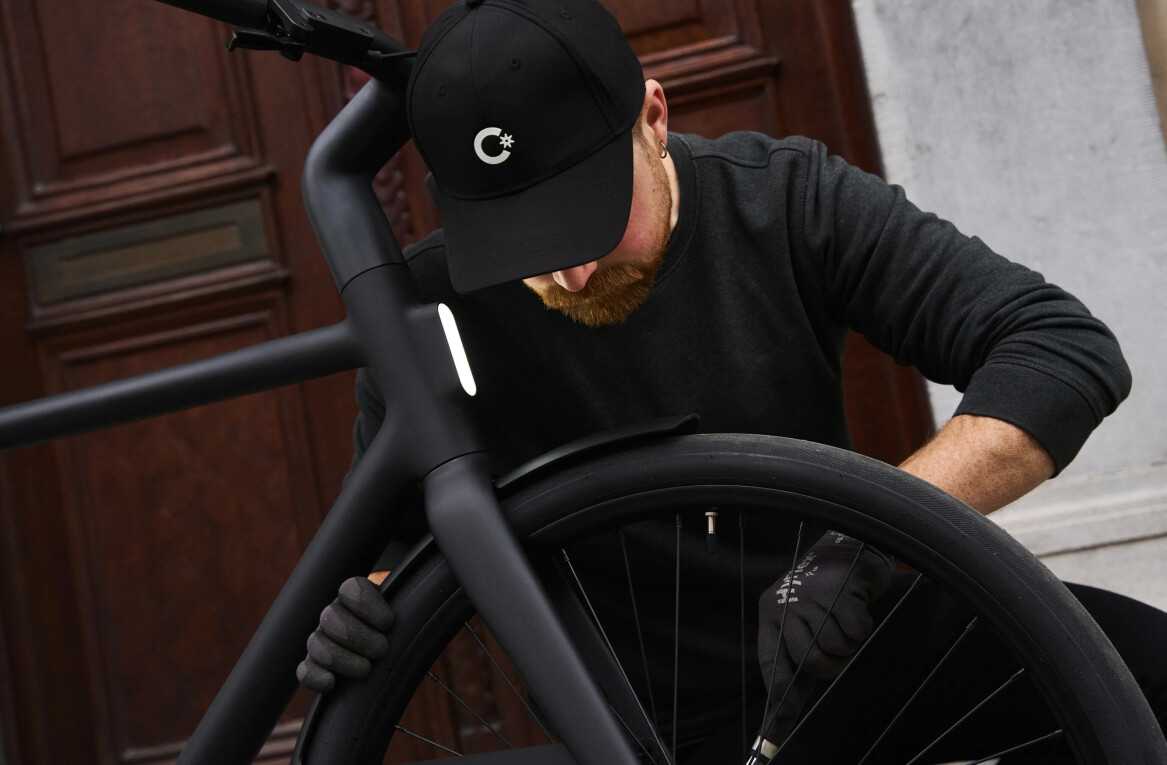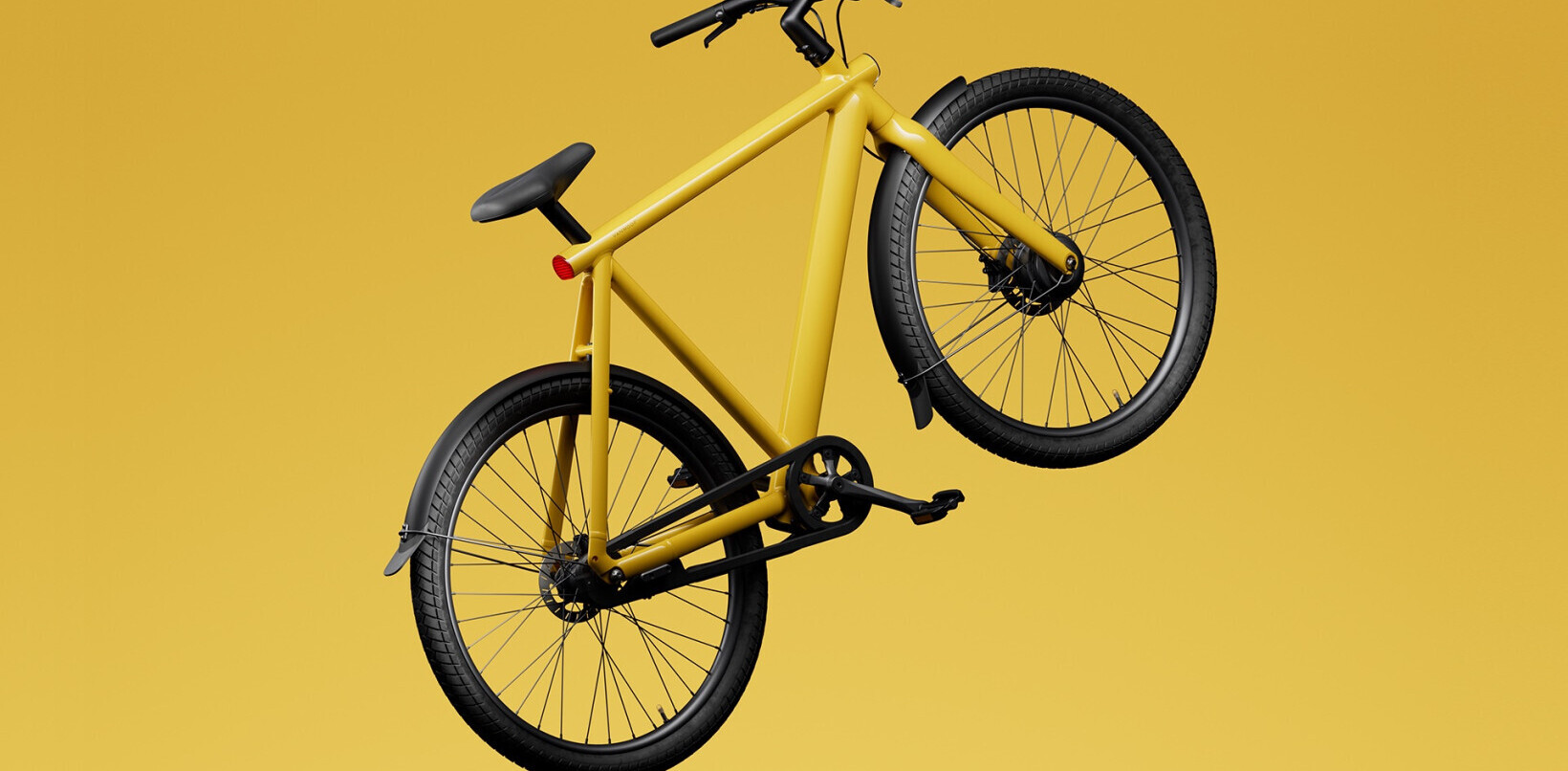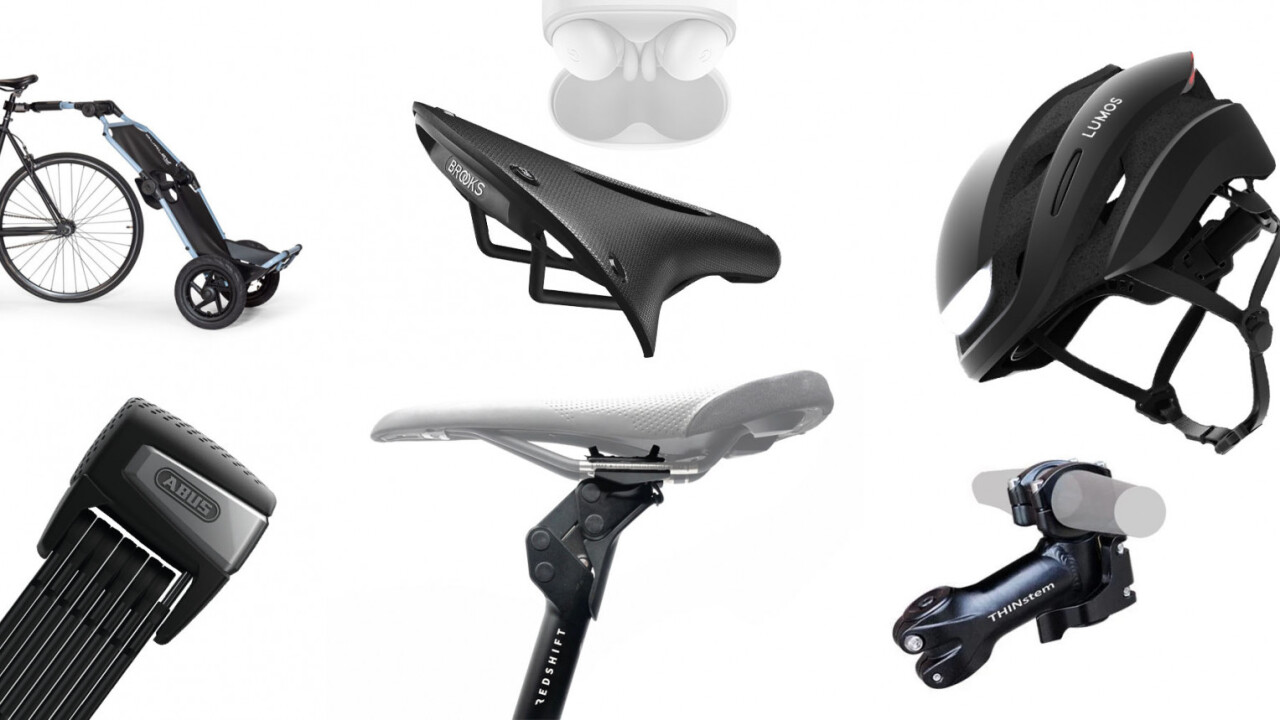
Riding an ebike can be a game-changer, making distant parts of your city feel more accessible and removing much of the doldrum of a daily commute or routine errands. Since making the switch, I’ve tested several accessories to improve the riding experience, livability, and practicality of these bikes – many upgrades which I now can’t imagine living without. I’ve compiled a list of some of my favorite accessories below. They’re products you can surprise someone who values practical gifts, or items you can use to upgrade your own ride.
Keep in mind that everything on this list is a product I’ve actually tested and genuinely enjoy using. So while there may be comparable or cheaper options in each idea category — do your own research — each product on this list is something I’m willing to put my stamp of approval on after real-world use.
Also keep in mind that while all of these products work with regular bikes too, I’m coming from the perspective of someone who owns an ebike, so I’m not as concerned about weight or aerodynamics. And though some of the items may be pricey, the sticker shock of, say, a $250 lock, is smaller relative to most ebikes compared to a cheap regular bike.
Make the ride safer and brighter: Lumos Ultra helmet
Before I began making my way around NYC on ebikes, I was an occasional driver. As a driver, I was frequently annoyed by cyclists making sudden turns without signaling their intentions.
As a cyclist, I’ve noticed something of a reverse problem: many drivers ignore or don’t understand hand signals. They seem to only speak the language of flashing lights. Meanwhile, it can sometimes feel a little precarious to give a hand signal — say, when my bike is loaded up with cargo and I need to avoid a pothole or driver in front of me.

Enter the Lumos Ultra helmet. For the most part, it looks like a regular cyclist’s helmet — until you turn the lights on. On the front is a bright white LED that aids visibility in both at night and during the day (especially with the flashing pattern set) while on the rear are red and orange LEDs that serve as a tail light and turn signals. The helmet can also be configured with MIPS for additional noggin protection, and it charges via good old USB-C.
The Lumos Ultra starts at $120 and has genuinely helped me feel safer on the road. And if you want to stand out even more on the road, you could opt for the more premium Lumos Street ($160) or Matrix ($250), which include a variety of lighting patterns, braking detection (the lights will flash when you brake), as well as turn signals that are visible from the front as well as the back.
Make the ride smoother: Redshift Shockstop Suspension Seatpost and Stem
While suspension isn’t needed for most city ebikes, with the way some city streets are maintained, they can provide some welcome relief. Redshift’s suspension seatpost and stem are two of the easiest ways to kit out your ride.
While there are many suspension seatposts on the market, Redshift Shockstop seatpost ($229, currently on sale for $184) has a reputation for smoothing out the bumps without making your bike feel too mushy; indeed, the Shockstop seatpost was a noticeable upgrade over the cheapo options I’d been using earlier.
Suspension stems are much rarer. While many ebikes come with front suspension these days, those systems can often be overkill, adding unnecessary pounds and a mushy feeling to your ride. And for bikes that don’t come with front suspension, installing a decent fork is not something the average person will want to do at home.
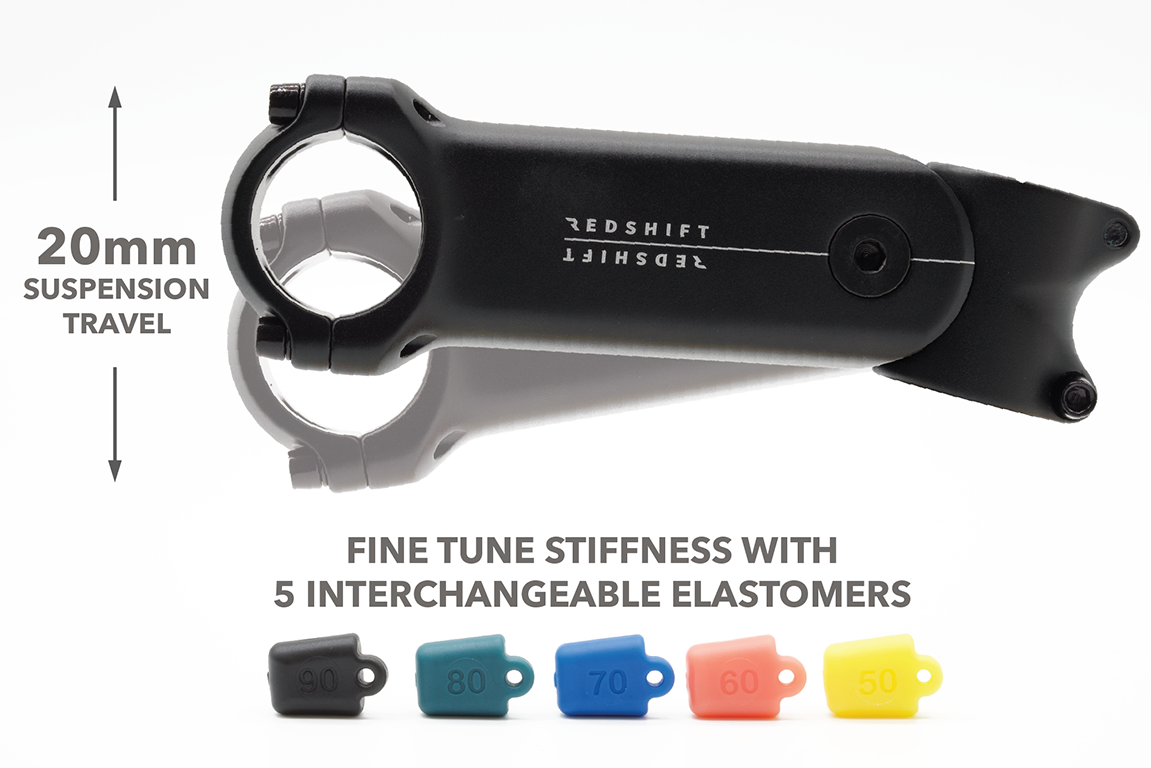
Redshift’s Shockstop stem ($170, currently on sale for $136) is an easy install and can be fine-tuned for your bodyweight and handlebar type using the included elastomers. The result is significant relief on the wrists, and in theory, this slight amount of suspension can help your bike go a hair faster by improving your front tire’s contact with the ground without adding too much weight. For city riding, I much prefer this simple accessory to most of the overkill suspension forks I’ve tested.
Make the ride more comfortable: A Brooks Cambium Saddle
There’s nothing more important to your comfort on a bicycle than the saddle, and few saddles have a reputation for comfort quite like Brooks’. While the company was first known for its leather options, the ‘Cambium‘ series of vulcanized rubber saddles ($~120+) offer comparable comfort, improved weather protection, and no maintenance or break-in period (not to mention being vegan-friendly).
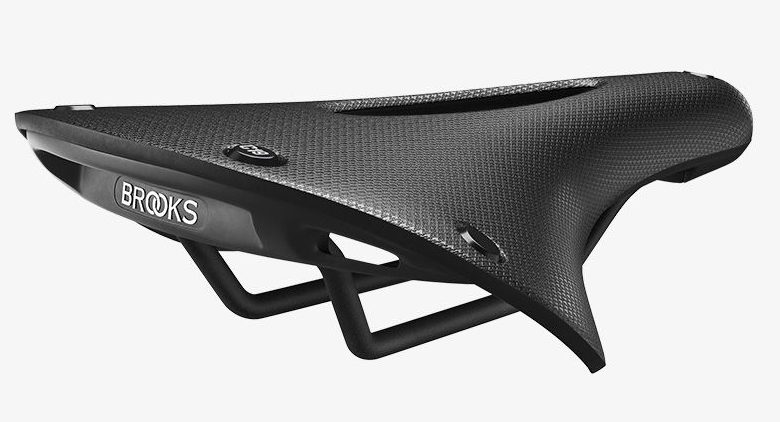
While it may take some experimentation to find the best fit for your booty type (I’m a 6′ tall heavyset guy and enjoy the C19 Carved), the company offers its saddles in a variety of shapes, including a new C67 model designed with the more upright position of many ebike riders in mind. The rubber material also offers a degree of shock absorption to take some pressure off your back.
Make the bike harder to steal: Abus SmartX Bordo 6500A
One of the biggest mental obstacles keeping me from becoming a cyclist in the city was the fear of theft. Almost any lock can eventually be bypassed by a determined thief, so your goal as a cyclist should be making your bike really inconvenient to steal.
I think I’ve found a winning balance of security and convenience: two heavy-duty locks plus an alarm system. Abus’s SmartX Bordo 6500A ($270) can save a step by combining the company’s most heavy-duty folding lock with a loud motion-sensing, Bluetooth-powered alarm.
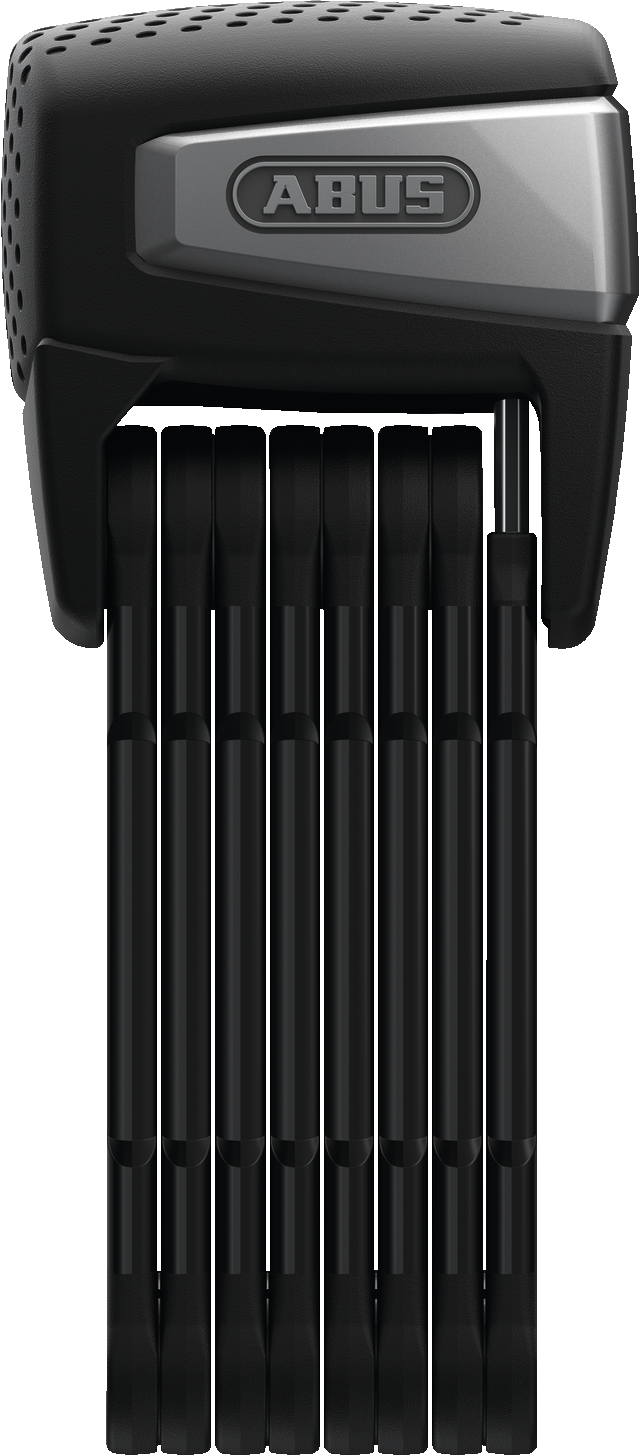
Combined with a heavy-duty U-lock (Abus also makes a $250 SmartX version of those), you’ll have a flexible setup that can secure the expensive parts of your bike, while adding a significant deterrent through an extremely annoying alarm. In my experience, the alarm also helps prevent tampering or theft of smaller accessories like my phone mount or saddle; in a year of using a SmartX lock, I’ve never had anything stolen from my ebike (your mileage may vary, of course).
Because the SmartX locks are wireless-only (they charge via USB-C, and a charge lasts for months), it also means the lock is immune to being picked. There’s no keyhole to speak of, although there is an alternate Bordo model that uses a remote key instead of your phone. These locks are pricey, but add a peace of mind beyond most other bike locks. Besides, people say to spend 10% of your bike’s value on security, and considering the price of many ebikes…
On a related note: consider bike insurance. Some ebikes are as expensive as a decent used car, and bike insurance adds a lot of peace of mind for not a lot of dollars. While many renters insurance companies won’t secure ebikes due to the motor, most dedicated bike insurance companies will.
Make the ride smarter: Google Pixel Buds A-Series
Google’s Pixel Buds A-Series ($99) are already my favorite Bluetooth earbuds (my review here), but they especially stand out when riding my ebike for two simple reasons: they provide the best hands-free operation of any earbuds I’ve tested, and they are surprisingly resistant to wind noise.
![]()
Most earbuds require you to take your hands off the handlebars to press a tiny button, which is inconvenient when you’re speeding down the road. Here in NY, you’re only allowed to have an earbud in one ear while on the road. Many headphones offer subpar controls with just one earbud, as they split the controls among both units.
A very small number headphones offer hotword (“okay Google”) detection to control the Assistant, but the ones I’ve tested almost invariably begin to fail once I’m going more than a few miles per hour due to wind noise. This includes the otherwise excellent Sony WF-1000XM4; it simply doesn’t detect my voice when at speed.
The Pixel Buds A-Series manage to still hear me most of the time even when cruising around at 25+ km/h (15+ mph), allowing me to change volume, control playback, turn on navigation, ask questions about my whereabouts, or make a call using just my voice. They are also very responsive overall, reacting to my commands far faster than most other earbuds — whether through voice or touch.
Make the ebike into a cargo-hauling machine: Burley Travoy and other trailers
Sometimes you just need to stuff that won’t fit on your rear rack or basket. Heck, maybe your bike doesn’t have a rear rack or basket. That’s when a bike trailer can be a lifesaver.
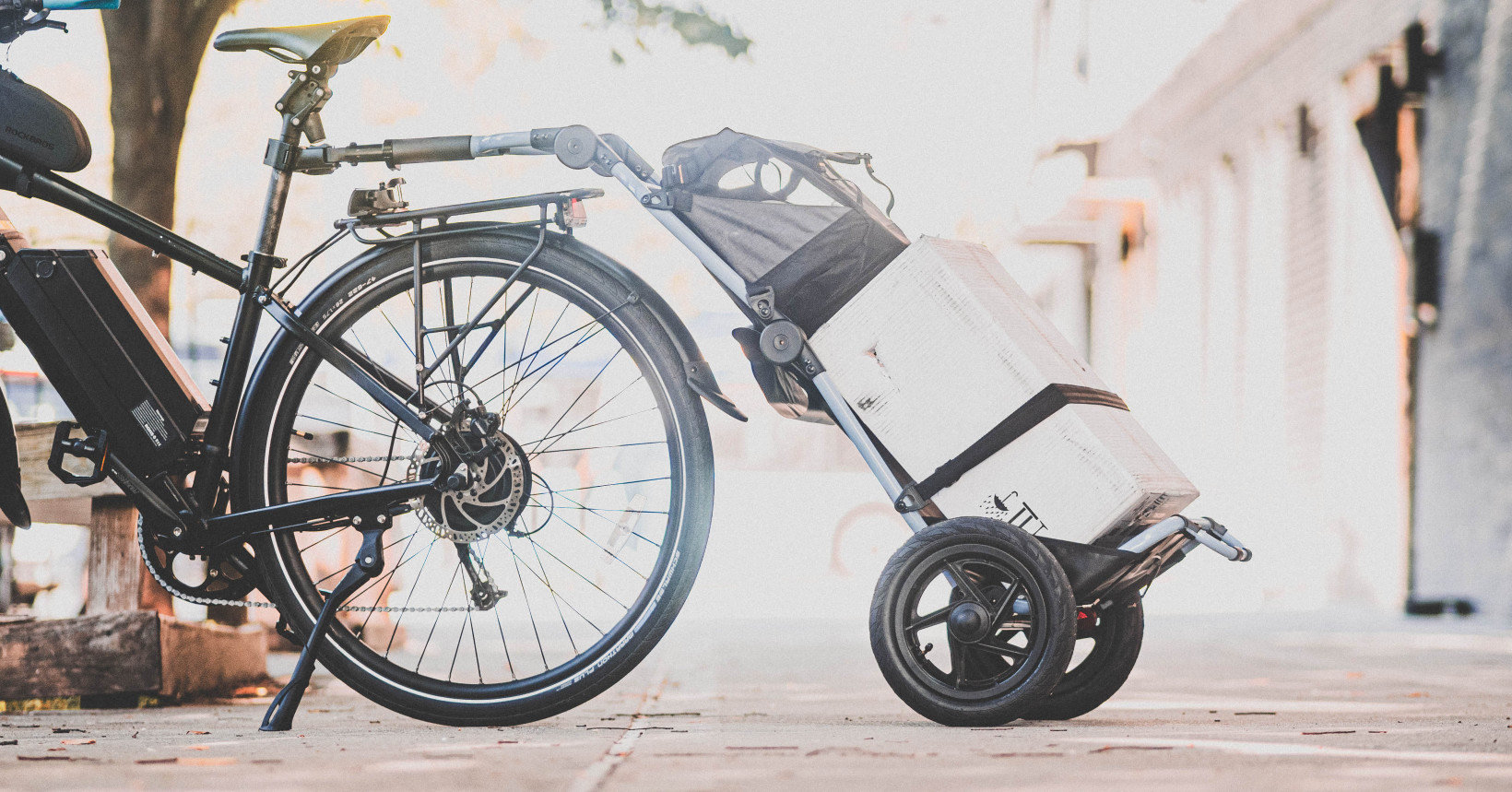
The Burley Travoy is the most practical cargo solution I’ve tested. It is part granny cart, part hand-truck, part bike trailer. It is also nearly universal, as it is able to attach to your bike’s seat post (or rack, with an optional accessory). I’ve carried several weeks worth of groceries with the optional cargo bags, a Christmas tree, giant dog crates, an office chair, and all sorts of things in the trailer. it also folds into a very small package when not in use.

But what if you want to transport an actual living thing? Burley makes a host of child and pet trailers that can convert into strollers once you arrive at your destination. These attach to your a real wheel hitch, and while I’ve only tested the dog-hauling Tail Wagon ($400), it offers a stable, roomy setup that doubles a large cargo trailer when you’re not taking your best friend on trips with you.
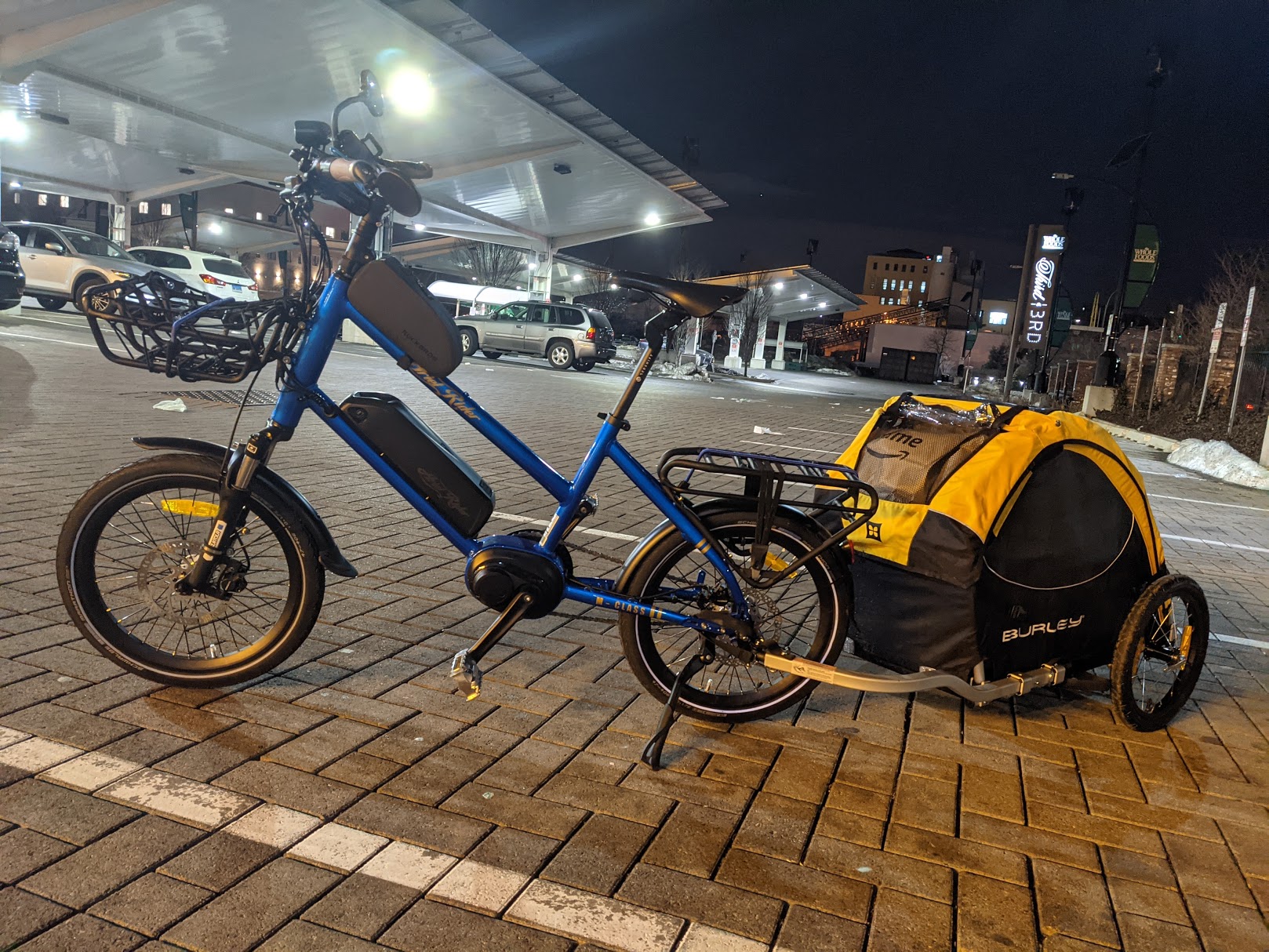
Make the bike easier to store: Revelo Thinstem and Satori HeadsUp ET
The worst part about owning a bike in the city is how much space it takes. The ~$80 Revelo Thinstem fixes that with such a simple but clever idea that I can’t believe it’s not more common: it allows you to rotate the handlebars without turning the front wheel. Rather than taking up a couple of feet of horizontal space in your hallway, it will instead only take up a few inches — especially if paired with folding removable pedals. It’s also a lifesaver if you need to bring your bike up and down a narrow staircase frequently.

It means I no longer get stabbed by handlebars when rushing down my hallway, it means my bike is easier to bring in and out of my building, and it makes the bike easier to lock up in a crowded rack. Plus it only takes about 5-10 minutes to install.
While the Thinstem is the most convenient and easy-to-use solution accessory of this type that I’ve found, if you want something cheaper that has the bonus of allowing you to change your handlebar height, the Satori Heads-up ET is an adjustable stem riser that performs a similar trick for $35. It also has the benefit of letting you use your own stem, like the aforementioned suspension Stem.
Turning your handlebars takes a bit longer, it’s a slower install, and your bike won’t get quite as thin, but it’s another very useful solution for those with limited space.
Get the TNW newsletter
Get the most important tech news in your inbox each week.


